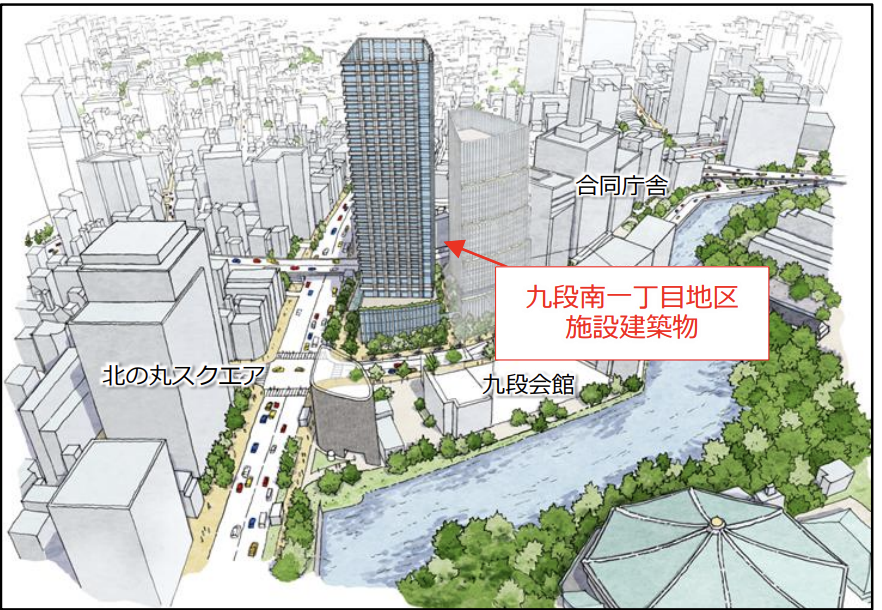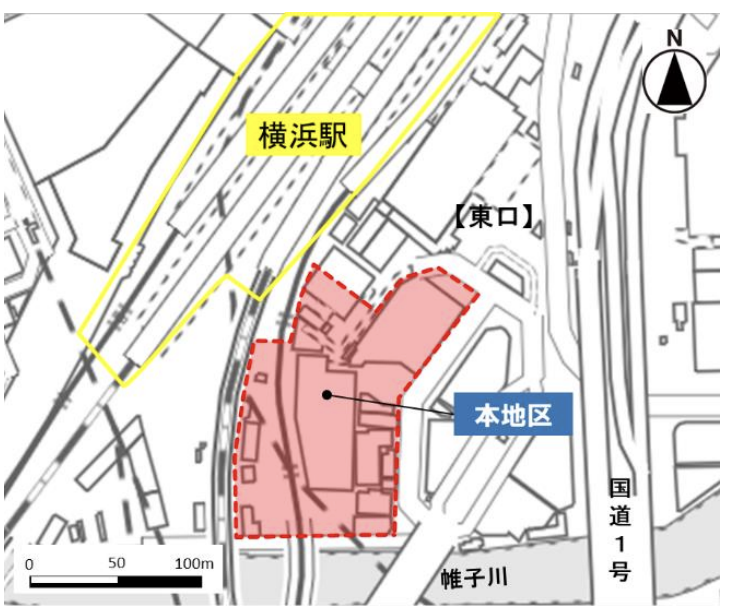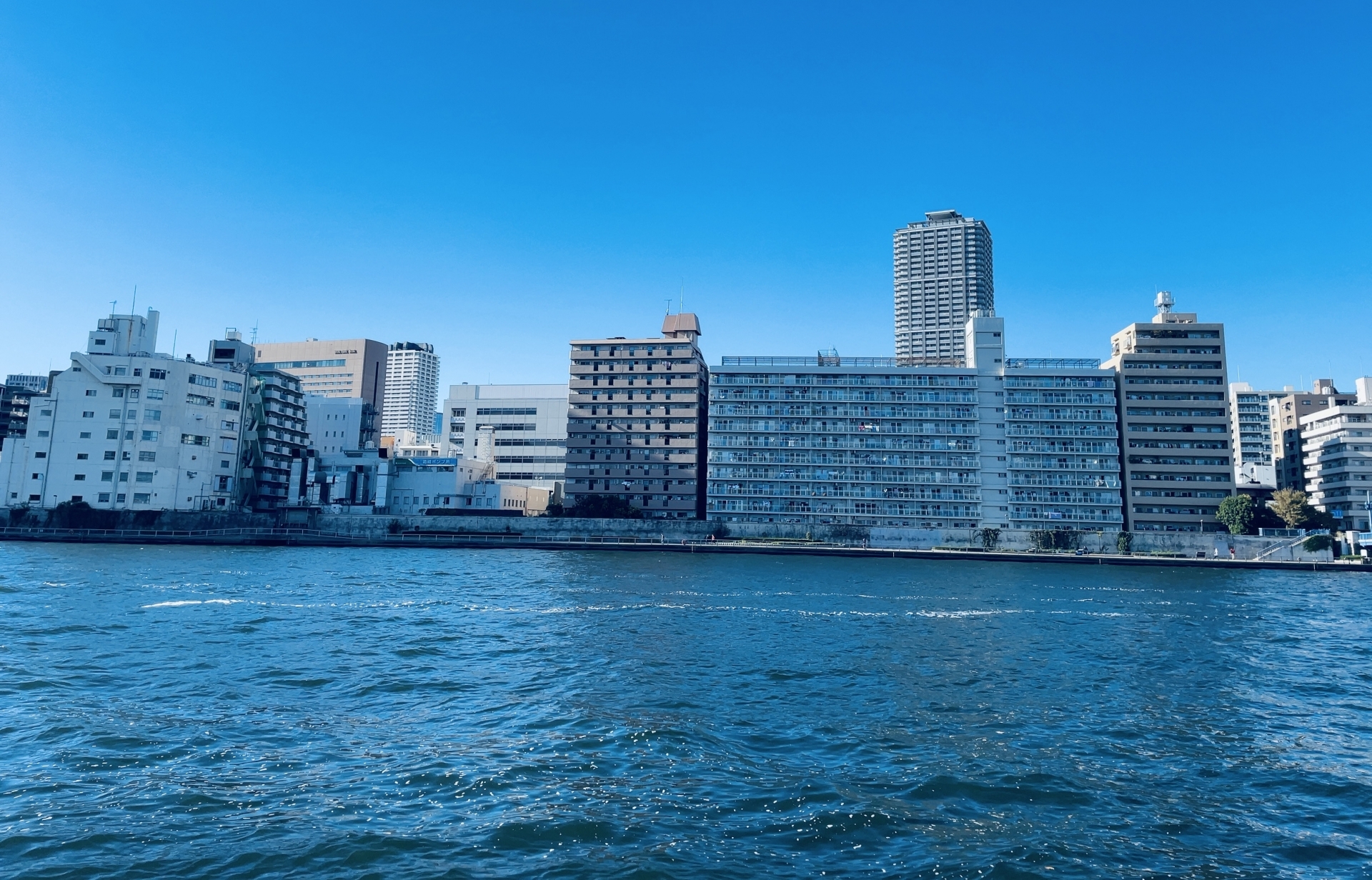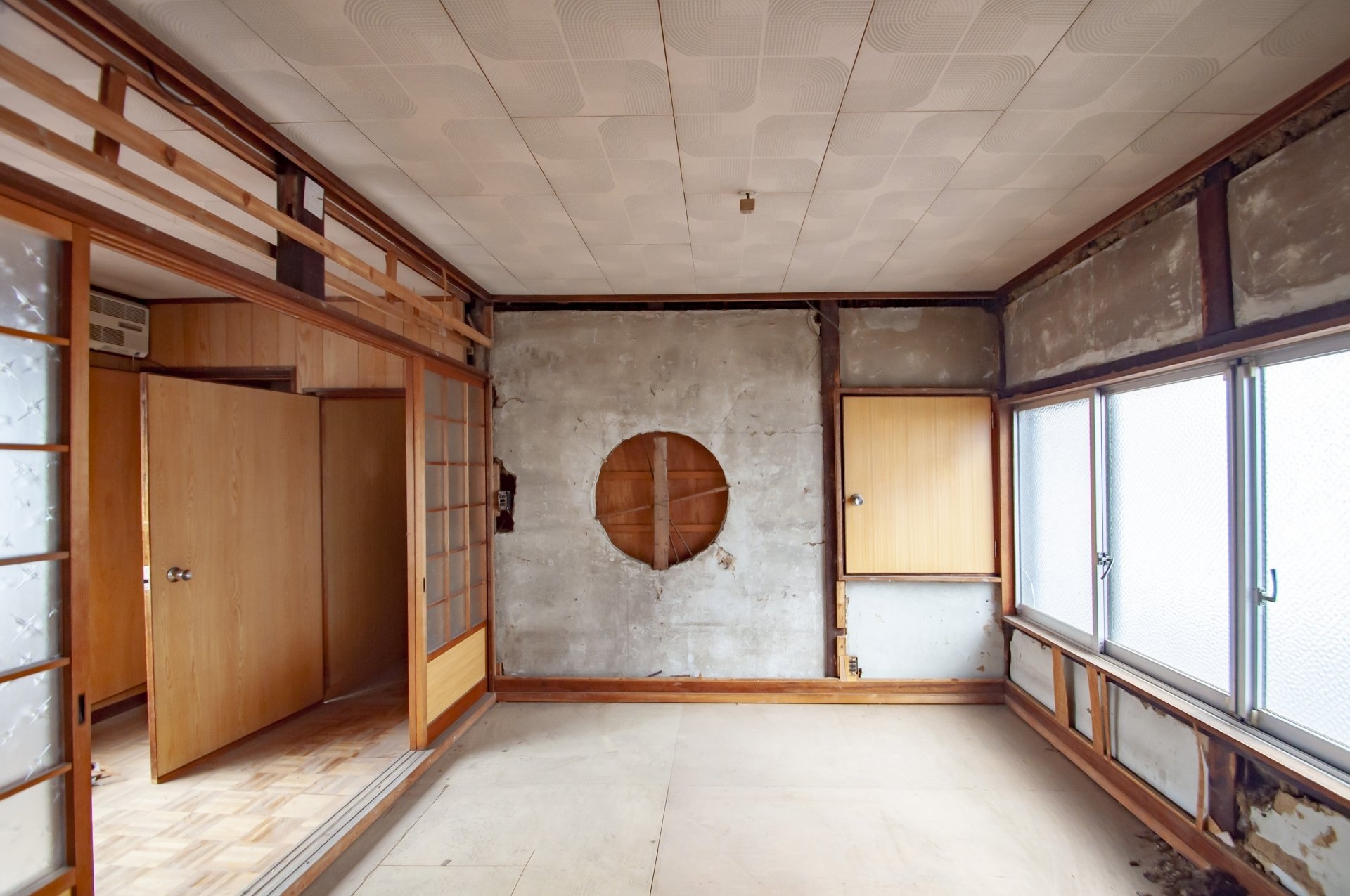In real estate investment and asset utilization, "how to increase the value of the real estate you own" is a universal theme. Many people try to increase value by "adding" something, such as adding new facilities or making major renovations. However, we professionals believe that the essence of real estate revitalization lies in "drawing out" the inherent potential value of the property. In this article, we, as INA & Associates, Inc., will explain the concept and specific methods of "extracting value" in real estate revitalization that we practice in an easy-to-understand manner for the average consumer.
The Concept of "Extracting Value" in Real Estate Revitalization
Real estate revitalization refers to efforts to restore or improve the value of real estate that has declined in value due to deterioration or changes in market needs, by making appropriate modifications. This is not limited to mere remodeling or renovation. What is important is to recognize the unique potential of the property in terms of its history, location, and structure, and to develop a strategy to make the most of it.
Take, for example, the rehabilitation of an old private house. If you only take an "add-on" approach by installing the latest equipment, the unique atmosphere and historical value of the property may be lost. Rather, a viewpoint that "draws out" the original charm of the property by, for example, taking advantage of the flavor of the old columns and beams while ensuring insulation and earthquake resistance to suit modern lifestyles, will lead to unique value, i.e., high profitability andincreased asset value.
Three Main Methods of Real Estate Revitalization
There are three major methods of real estate revitalization. It is important to understand the characteristics of each and make the best choice according to the property's condition and the owner's objectives. Below is a summary of each method and its advantages and disadvantages.
| Method | Overview | Merits | Disadvantages |
|---|---|---|---|
| Renovation | A method of increasing the value of an existing building by renovating the interior and facilities or changing the floor plan. It is often used in the utilization of vacant houses and the rehabilitation of old private houses. | Cost can be reduced compared to rebuilding. Relatively short construction period The history and character of the property can be utilized. |
Structural constraints may remain. There are limitations in solving fundamental problems (e.g., earthquake resistance). |
| Rebuilding | A method in which an existing building is demolished and a new building is constructed. This method is chosen when there is a need to comply with changes in laws and regulations, or when there is a need to increase the degree of freedom in design. | High degree of freedom in design The latest earthquake resistance and energy conservation standards can be met. Maximize the floor-area ratio if the building complies with regulations. |
Cost tends to be the highest Long construction period Demolition costs of existing buildings are incurred. |
| Recombination of assets | A method of selling real estate owned and using the proceeds to purchase a new income-producing property. This is effective when you want to fundamentally review the location and property type. | The area and property type can be changed. It is possible to change to a property that requires less management effort. It may be effective as an inheritance measure. |
Need to let go of land that you have a strong attachment to. Timing of sale and purchase is difficult. Taxes such as transfer income tax will be incurred. |
Properly know the real estate value: Importance of real estate appraisal
In order to succeed in real estate rehabilitation, it is essential to first accurately grasp the current real estate value. This is accomplished through a real estate appraisal. There are several valuation methods, but the "Income Capitalization Method" is particularly used to evaluate the value of income-producing properties.
The Income Capitalization Method is a method of calculating the value of real estate based on the revenue (e.g., rent income) that the property will generate in the future. The formula is expressed as "annual revenue ÷ capitalization rate," and the "capitalization rate" derived from transaction examples of similar properties in the vicinity and market trends is an important indicator. Through this evaluation, the profitability after rehabilitation is predicted and the appropriateness of the investment plan is judged.
Conclusion: For Future-Focused Real Estate Revitalization
This article has explained real estate revitalization techniques from the perspective of "extracting" rather than "adding" value. The key is to identify the intrinsic value of the property and draw up a strategy to maximize it. Please review the following points again.
- Determine the source of value: Before adding anything new, a deep understanding of the property's history, design, location, and other potentials is the first step.
- Select the best approach: Select the approach that best suits your objectives, budget, and property condition from among "refurbish," "rebuild," and "asset reconfiguration" approaches.
- Leverage the expertise of professionals: From real estate assessments to renovations and regulatory checks, having the support of a trusted professional is key to success.
Real estate is a highly individual asset, with no two properties being alike. That is why a tailor-made revitalization plan is required for each and every house, rather than a one-size-fits-all approach. Why don't you take another look at the value of the real estate you own? By drawing out the potential that lies therein, new asset value may be created.
INA&Associates offers optimal real estate revitalization plans tailored to each client's individual situation. If you are interested in our services, please feel free to contact us.
Frequently Asked Questions (FAQ)
- Q1. Is it possible for a beginner in real estate investment to work on real estate rehabilitation?
- A1. Yes, it is possible. However, specialized knowledge is essential for success. We strongly recommend that you first consult with a reliable real estate company or specialist and receive comprehensive support for everything from property selection to renovation planning and financial planning before proceeding.
- Q2. How much should I expect to pay for property rehabilitation?
- A2. Costs vary greatly depending on the method chosen (renovation, reconstruction, etc.), the condition of the property, and the scale of the work. They range from renovations costing several million yen to rebuilding costing tens of millions of yen or more. The important thing is to set an appropriate budget, taking into consideration the balance between the investment amount and future earnings (ROI).
- Q3: I am not sure which method to choose among "renovation," "reconstruction," and "asset reconfiguration.
- A3. The best method depends on the owner's objectives. It is important to clarify your priorities, such as "to increase profitability," "to prepare for inheritance," or "to reduce the time and effort required for management. The specialist will compare the advantages and disadvantages of each method to achieve those objectives and propose the best plan.
- Q4. Can you really increase the value of older properties in rural areas?
- A4. Yes, it is quite possible. As shown in the examples introduced in this article, there are many areas where rental demand can be expected even in rural areas. By renovating the property to take advantage of local characteristics and developing a concept that resonates with specific target groups (e.g., students, single workers), it is possible to revitalize the property into an attractive income-producing property that is no less attractive than a property in an urban area.

Daisuke Inazawa
Representative Director of INA&Associates Inc. Based in Osaka, Tokyo, and Kanagawa, he is engaged in real estate sales, leasing, and management. He provides services based on his extensive experience in the real estate industry. Based on the philosophy that “human resources are a company's most important asset,” he places great importance on human resource development. He continues to take on the challenge of creating sustainable corporate value.

.png)













